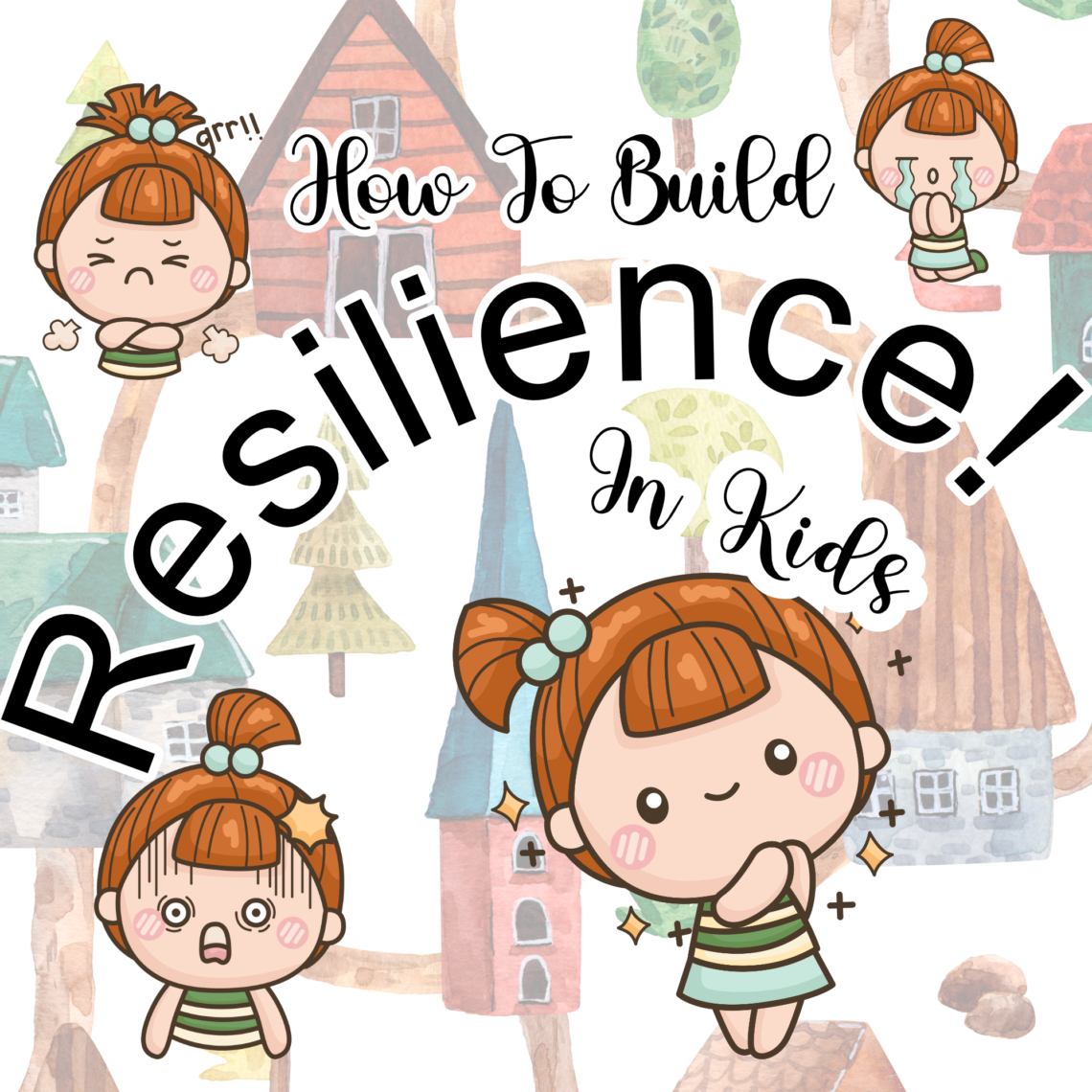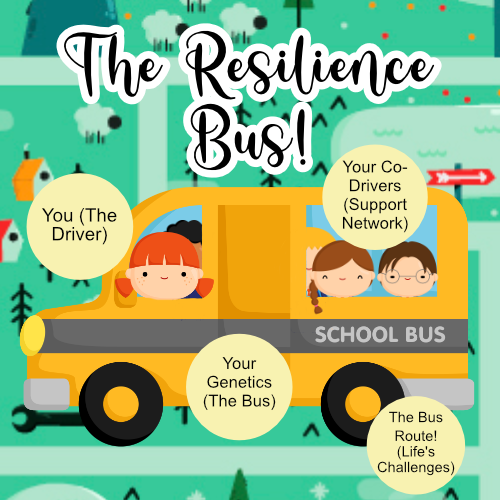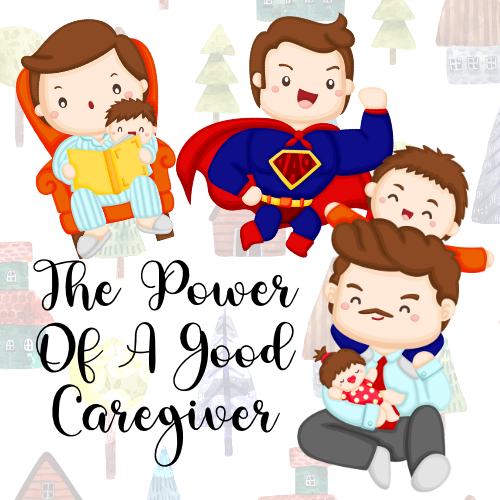
Best Advice On How To Build Resilience In Children
Table of Contents
What Is Resilience and How Does It Impact Children
How to build resilience in children, is a question that is very popular in today’s climate of poor emotional and mental health. The American Psychological Association, defintes resilience as the process of:
“successfully adapting to difficult and challenging life experiences, especially through mental, emotional, behavioural flexibility and adjustment to external and internal demands”.
Have you ever watched one of those crime shows, where the perpetrator sinks lower & lower into a dark list of problems, until they are so mired into their mess that they end up making it worse?
When it looks like they couldn’t do another thing to ruin their lives, they top it off by committing horrific crimes?
I often wonder when I watch these programs, why they didn’t they take stock? Why didn’t they put the stoppers on, or come up with an alternative?
These people seem to think at a certain point that murder is the only way out, and what’s worse is they go through with it!
What could happen instead, if these people learned resilience from a young age? What if they learned ways to regulate their emotions and find solutions to their problems?
What if they planned ahead?
While becoming a heinous, murderous, perpetrator is probably not on the cards for the average kid, this is exactly why we want to teach our children about resilience. We don’t want them to end up in terrible situations, but we want them to know how to find healthy solutions to any of life’s problems!
Resilience can be illustrated by imagining you are behind the wheel of a bus, driving across a busy city.
Imagine the bus is old and the brakes are squeaky. There is also a LOT of traffic.
Our genetics can be represented by the yellow bus. We have no choice in the vehicle we are driving, yet here we are. Life’s circumstances can be represented by the busy town and the traffic! We also did not choose that.
Our decisions in what route to take, how to drive effectively & the combination of other hopefully trustworthy, supportive passengers on the bus, represents how our resilience comes in to play.

How Do You Build Resilience In Children?
Resilience is developed over time, much like the way the brain’s structure also does. Resilience takes the challenges in life that is presented to it and adapts.
The quality of the caregiver (parents) in a child’s life helps shape the interactions that child has with the world. This influences the child’s brain, as it is shaping and adapting to the world.
One particular way in which we can see resilience at work, is when a child suffers under some extreme life circumstances. Sadly, some children are exposed to very harsh circumstances such as violence and poverty. Mental illness, alcoholism and a bad education. Even things like going to a new school and moving house can also cause stress in children. Sometimes these adverse conditions can create negative outcomes for the child.
Build Resilience In Children Through Support Factors & Community
In other situations, where similar adverse conditions are present, the child has positive relationships influencing them. If the child has:
- a positive, supportive caregiver,
- understanding and helpful communities and friends
- and are taught positive ways to resolve problems, they can still obtain positive outcomes in life. This shows real resilience at work.
Children are not raised in isolation and positive relationships can come from all directions. A teacher, a coach or any key adult can interact with the child and teach them positive skills such as:
- Finding solutions to their problems
- Planning ahead to avoid further problems
- And finding ways to regulate their behaviour & emotions
The amount of resilience present in children is found as a balance between their genetics and the interaction they have with other supportive factors. The way the community around them is involved will also influence them.
As children get older and develop they learn better skills and ways to self-regulate their emotions and develop solutions and solve problems. This helps the community as a whole. Imagine a thriving community where adults keep calm under pressure strive to find solutions to all of life’s difficulties?
Building Good Neuro Circuitry Creates Resilience Over Time
Over time, the genes and the interaction within the environment work together to program circuitry in the child’s brain and body.
This circuitry of the brain will ultimately shape itself and create momentum for the child’s life, whether positively or negatively. This fact alone, shows us just how important it is, to get the early factors right!
So How Do We Teach Resilience to Children?
The seven C’s of resilience is taught by Dr Kenneth Ginsburg. Dr Kenneth, teaches that seven factors (beginning with the letter C!) all help to build resilience in children. Dr Kenneth maintains that resilience is all about knowing that you are worthy of being loved and that key knowledge makes the biggest difference in children’s lives.
These following seven C’s help as a safe guard to protect our children against things like mental illness & the negative life outcomes. They are a great tool to focus on, as we try to care for our children’s mental health and wellbeing! The origins of the seven C’s was first published by the American Academy of Pediatrics in 2006, and continues to be used today.

⭐ Confidence
Real confidence doesn’t come from excessive compliments. Giving kids excessive praise seems to contribute to anxiety and not confidence! It makes them feel as if they have to please everybody around them. Confidence on the other hand, comes from when a child does really well and accomplishes something. When others genuinely notice what the child can authentically contribute, a real solid foundation can begin. Confidence is the result of having competencies (see point 2)
⭐ Competency
This is about your skills. What you are really good at, and the mix of abilities you have & where you may need to grow. Knowing that they have competency in a certain area can really help have confidence. Competency is about what your skills are for dealing with the real world, preparing to gain employment, even knowing the best way that you can help others.
⭐ Connection
As we have already discussed, we know that children are not raised in isolation. Having at least one adult that is supportive and nurturing for each child is highly important. Children need someone to help them navigate the problems in life. The extended family can be a wonderful opportunity for the child to talk about emotions and feelings. Aunties, Uncles, Grandparents can all fit the bill. As already mentioned, any positive influence in the child’s life can contribute and help knowing the keys to wise decision making and planning, regulating emotions & finding appropriate solutions to problems. This is key to building resilience in children.

⭐ Character
One of the things a child will most likely learn, is what it is to be a “good person”. It is extremely beneficial to focus on projects and tasks in life that involve helping others. This also involves learning the habit of treating others with respect and not hurting them. Developing character also involves practicing patience and not always gratifying oneself in the moment and working towards future goals. When children think about the long term they can avoid making short term decisions that they may regret. All of this together forms a part of character development.
⭐ Contribution
When children begin to help others by contribution (using their skills and competencies), it creates a sense of satisfaction and positive feelings. When the child gets used to the positive emotion experienced, (helping a neighbour, friend or a charity), they will come to understand that when they need help in life they can reach out and get it. They will know that certain people will enjoy helping them, when they need it. Serving others and receiving help back feels good and is okay.
⭐ Coping
When children engage in behaviours that are negative, they are using a sub optimal coping mechanism and are crying out for help. Shaming does not work, but teaching coping skills and showing them how we cope in similar situations is a far better way. Showing them how to cope is a great way that we can support, listen and care for our kid as we help build our kids to become more resilient.
⭐ Control
Children need to feel like there is a point in each situation where they do have control. They may not be able to control what other people do or say to them, but they do have something they can do in a situation. When life’s circumstances are overwhelming, they can find an action they can take and not feel destroyed by them. Feeling like there is a plan or something they can do, helps them move forward. How we are disciplined by our parents helps us get a sense of control not by being controlled or punished. Wanting to help them have more responsibility and showing them this is a much more positive way to show them what being in control is all about.
Additional Tips That Help Build Resiliency In Children
After adapting and implementing the seven 7’s there are other great tips to implement, that can give these ideas a turbo charge! These additional lifestyle tips & tricks are ones that we all should all implement in our children’s lives.
✅ Spending time outdoors, either exercising in a group, or just spending time outside is associated with emotional resilience in healthy people. By going outside into nature and/or exercising alone or with a friend, helps the body deal with stress and helps with regulating stress.
✅ Ensure that your child is getting enough sleep each night. Numerous studies show how important it is for children to get enough sleep to manage their emotions and to maintain good mental health.
✅ When you go through difficult situations in life, show your child how you are overcoming the situation and what strategies you are implementing to succeed. Begin a journal, using Cognitive Behavioural Therapy. Teach your child how to “reframe” situations to a more positive (or at least neutral) perspective.
✅ Teach your child mindfulness, in the context that negative emotions can come and go. watch the emotion come and then pass by! This shows them that emotions are not harmful! They are just emotions! When children realize that emotions are not harmful, they can take steps into finding solutions to their problems rather than getting bogged down in how bad they feel!
Create A Resiliency Plan For Your Kids To Thrive!
To build resilience in children, we need to firstly teach them over time that life is full of challenging and adverse situations. Like in the example of the yellow bus we can’t choose our genetics (or our natural inclinations). We also can’t choose the terrain in life (the adverse circumstances that will come our way).
What we can do though is equip our kids with positive people, coaches, friends and family members who can help them chart and drive the bus ride of their lives. We can help them with positive strategies and tools to meet every challenge AND help them become better at it, over time, rewiring and growing their brains in the best way possible!
We can also provide and promote healthy lifestyle circumstances such as good sleep, sunshine, exercise in green spaces, breathing & good cognitive therapy practices to face lifes challenging thoughts! With all of this for sure, we will definitely avoid our kids becoming one of those evil, tragic perpetrators we see in our various media. And we might just build resilient children and release some great adults into our society.
references: The Seven C’s of Resilience

